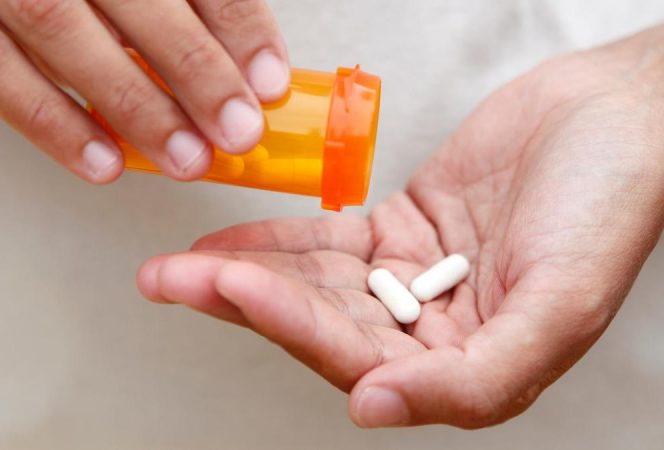To begin with, let’s find out what antibiotics really are and in what cases they should be used. Antibiotics or antibacterial drugs are a range of powerful and extremely important medications that work by destroying certain bacteria in the body or inhibiting their growth. In most cases the immune system fights bacteria before they multiply to pose danger to the body. White blood cells are responsible for attacking harmful bacteria and eliminate the invasion even after the symptoms onset.
When the antibiotics are necessary?
Sometimes the harmful bacteria grow too fast and intensive, so that the immune system is not able to cope with them. Then antibiotics rush to your aid. The spectrum in bacteria killed by antibiotics vary depending on the drug. Some antibiotics are general, while others are more specific.
First-line or most common antibiotics are available over the counter, i.e. with no doctor prescription. Their spectrum of action is wide and they are used to treat respiratory, urinary tract and other diseases.
The first natural antibiotic – penicillin was discovered in 1928 by Alexander Fleming. He was the first to foresee the rise of antibiotic resistance in case of misuse or overuse. Antibiotics are not supposed to fight viruses and are active in eliminating bacteria only. The most common side effects are impaired digestion: upset stomach, diarrhea or nausea. They pass away on their own with time, as the normal intestinal microflora grows.
The role of antibiotics in the world’s healthcare is difficult to overestimate, as they can literally save lives — when used properly and according to doctor’s prescription. Is there anything more powerful than good old antibiotics?
Let’s find out.
Why do we need new antibacterial medications?
A very common problem with antibiotics is antimicrobial resistance, known as AMR. It is the process of ongoing defense mechanisms creation in bacteria. It means that soon the drugs we use to treat certain diseases will progress and lead to fatal consequences. This is what the UN calls a global health emergency — a situation, when the number of incurable diseases skyrockets. Scientists, doctors and pharmacists see it as one of the first-line priorities to get ready for this potentially disastrous outburst of global epidemics, with many research investment initiatives taken on the part of e-commerce companies, inter alia: Canadian Pharmacy. Superinfections develop more rapidly than new effective treatment options. Partially it happens due to the fact that some bacteria acquire resistance genes from neighboring types and partially due to evolution process, when the strongest and most potent bacteria stay alive.
The classification of antibiotics: first-line, second-line, third-line
Because of the growth in the number of bacteria resistant to antibiotics, The World Health Organization experts suggest dividing antibiotic medications into three lines.
- The first-line antibiotics include the most innocuous drugs for the health of patients, which are designed to combat inflammatory and infectious diseases. They include ampicillin, amoxicillin and other similar drugs that can be used quite widely, however, only by prescription and under the doctor’s supervision. Today all treatment plans start from the first-line antibiotics like amoxicillin, TMP-SMX, or erythromycin.
- If they appear to be ineffective, the second-line antibiotics are prescribed. They include clarithromycin, azithromycin, amoxicillin-clavulanate, cephalosporin, or fluoroquinolone. Second-line antibiotics doctors prescribe with greater caution, since they are intended only for a small number of diseases. As these drugs have a high potential for resistance, they should be prescribed only when the first-line antibiotics are ineffective.
- The group of third-line antibiotics include only 8 drugs that are the last hope of mankind. This is the reason why they can be prescribed only in most severe and life-threatening cases with multiple resistance to other drugs. The third-line antibiotics are created solely to help special patients who can no longer be helped by other drugs. These antibiotics in no case should be applied with no serious reasons, because if the patient’s body develops resistance to them, then the bacteria strain will become invulnerable and the disease — incurable.
Why not just pass lab tests to see what bacteria type it is and how it should be treated?
The problem with lab tests is that they may take up to 14 days to show reliable results. By this time the disease may develop into a dangerous stage and put the patients’ health under risk. So doctors give a try to multiple options to find out the proper one. The first-line antibiotics are available with no prescription and are available in online pharmacies with delivery and at best prices. It is recommended to consult a doctor before use, but if you have no opportunity to do that, you can buy them legally and have at hand for unexpected situations. Such antibiotics are used to treat a vast range of bacteria, so you are not likely to catch a disease that is not cured by first-line antibiotics.

